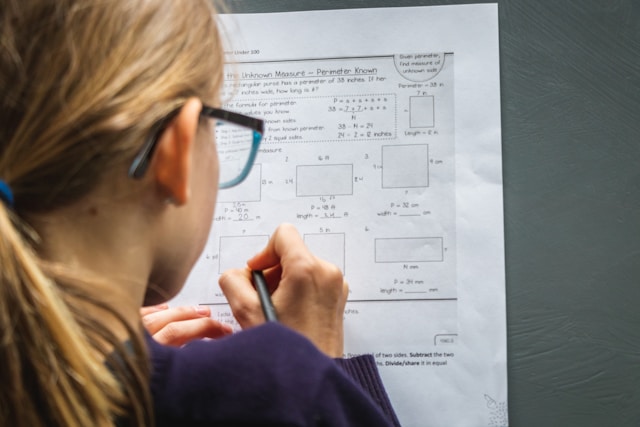Have you faced problems calculating molecular weight during your Chemistry classes? Today in this article we are going to discuss, how to calculate molecular mass?

It is a very common topic in Chemistry that students generally tend to get confused. We have supported this article with a video that will help you to understand the concept of calculating molecular weight better. The first thing that you need to know is that every molecule has a mass. The unit of mass is M.
Every chemical compound like water, chemical formula being H20 has a molecular weight of its own. You have to refer to the periodic table in order to calculate the molecular mass of a given substance. Please keep your periodic tables open during this session.
The first chemical compound that we are going to refer to is Hcl. It is also known as hydrogen chloride. The combination is of H (hydrogen) and chloride (cl). If you look at the periodic table you will find that the atomic weight of hydrogen is 1.0 and that of chloride is 35.5. If you are not able to locate the atomic mass in the periodic table, then please see the video on calculating molecular weight on our site. It will explain to you how to get the data.
Now that you know the atomic weight of hydrogen and chloride, the sum of the two will be the atomic mass of Hcl. This makes the atomic mass of Hcl equals to 35.5 gram. I guess so far you have got what we are trying to say. We will now move onto something more complex in formula. This will help us to understand how to calculate molecular mass better.
The chemical compound is copper nitrate. The formula for it is Cu(No3)2. We need know the atomic weight of copper (cu). We also need to know the atomic weight of Oxygen and Nitrate. The atomic weights as per the periodic table are mentioned below.
Copper = 63.5
Nitrate = 14
Oxygen = 16
Now that we know the atomic weight of all the compounds in this formula the calculation will be as mentioned below:
Cu (NO3)2 = 63.5 + [(14 + {3 x 16}) x 2]
= 63.5 + [62 x 2]
= 187.5g
You can pick up some more examples of chemical compounds and do the calculation. This will help you to understand the concept better. I hope you have understood the calculation well by now.
Some more such examples have been discussed in the supporting video on how to calculate molecular mass? Please refer to that too in order to clarify all your doubts. You can also mail us with any doubts that you might have about how to calculate molecular mass? We will definitely try to answer to all your queries.
We know that all chemical compounds are not as simple as we have mentioned above. We will now move on to something that is a little more complex. The name of this chemical compound is calcium phosphate. The chemical formula is Ca3(PO4)2. So what are the compounds that you must find out the molecular weights for? Well they are as follows:
3 molecules of Ca
2 molecules of P
8 molecules of O
I am sure you must have got the answer right. The periodic table says that.
Ca = 40.08g thus three molecules will be 120.24g
P = 30.9738g thus two molecules will be 61.9476g
O= 15.994g thus the weight of eight molecules will be 127.9952g
This proves that the weight of 1 g of Ca3 (PO4)2 is nothing but 310.18g.
I hope you have got the idea of how to calculate molecular mass? Well by now. In case of any doubts you can refer to the video attached. That should answer all your queries on calculating molecular weight.







